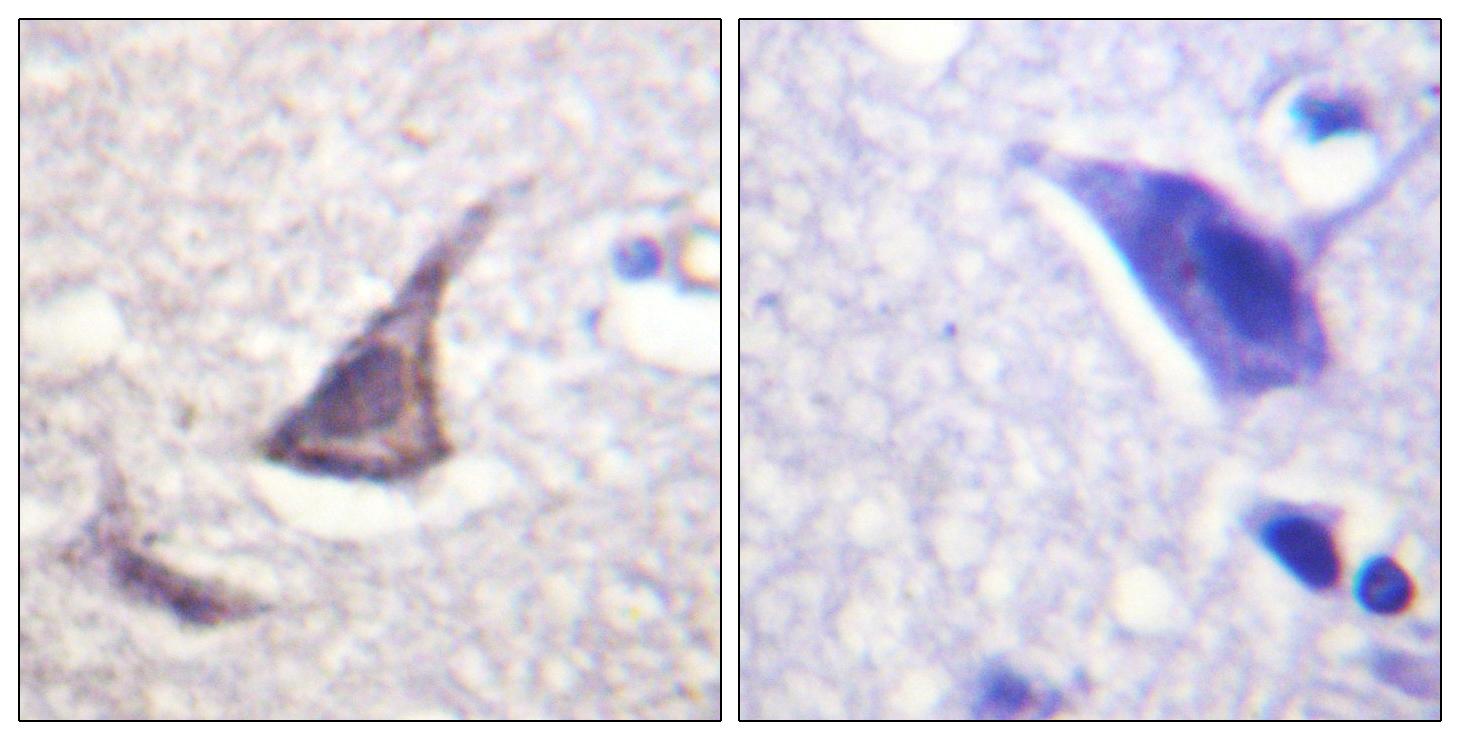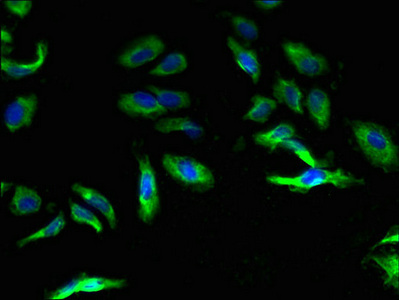Calcium Sensing Receptor antibody
GTX101348
ApplicationsImmunoFluorescence, Western Blot, ImmunoCytoChemistry, ImmunoHistoChemistry, ImmunoHistoChemistry Paraffin
Product group Antibodies
TargetCASR
Overview
- SupplierGeneTex
- Product NameCalcium Sensing Receptor antibody
- Delivery Days Customer9
- Application Supplier NoteWB: 1:500-1:3000. ICC/IF: 1:100-1:1000. IHC-P: 1:100-1:1000. *Optimal dilutions/concentrations should be determined by the researcher.Not tested in other applications.
- ApplicationsImmunoFluorescence, Western Blot, ImmunoCytoChemistry, ImmunoHistoChemistry, ImmunoHistoChemistry Paraffin
- CertificationResearch Use Only
- ClonalityPolyclonal
- Concentration0.55 mg/ml
- ConjugateUnconjugated
- Gene ID846
- Target nameCASR
- Target descriptioncalcium sensing receptor
- Target synonymsCAR, EIG8, FHH, FIH, GPRC2A, HHC, HHC1, HYPOC1, NSHPT, PCAR1, hCasR, extracellular calcium-sensing receptor, parathyroid Ca(2+)-sensing receptor 1, parathyroid cell calcium-sensing receptor 1
- HostRabbit
- IsotypeIgG
- Protein IDP41180
- Protein NameExtracellular calcium-sensing receptor
- Scientific DescriptionThe protein encoded by this gene is a G protein-coupled receptor that is expressed in the parathyroid hormone (PTH)-producing chief cells of the parathyroid gland, and the cells lining the kidney tubule. It senses small changes in circulating calcium concentration and couples this information to intracellular signaling pathways that modify PTH secretion or renal cation handling, thus this protein plays an essential role in maintaining mineral ion homeostasis. Mutations in this gene cause familial hypocalciuric hypercalcemia, familial, isolated hypoparathyroidism, and neonatal severe primary hyperparathyroidism. [provided by RefSeq]
- Storage Instruction-20°C or -80°C,2°C to 8°C
- UNSPSC12352203
References
- Okita N, Honda Y, Kishimoto N, et al. Supplementation of strontium to a chondrogenic medium promotes chondrogenic differentiation of human dedifferentiated fat cells. Tissue Eng Part A. 2015,21(9-10):1695-704. doi: 10.1089/ten.TEA.2014.0282Read this paper


![IHC-Fr analysis of mouse stomach tissue using GTX19347 Calcium Sensing Receptor antibody [5C10, ADD]. Green : Primary antibody Blue : DAPI Antigen retireval : sodium citrate buffer for 45 minutes at 4oC, immersing in sodium citrate buffer for 10 minutes at 100oC Fixation : 4% formalin Permeabilization : 0.3% Triton X-100 in PBS](https://www.genetex.com/upload/website/prouct_img/normal/GTX19347/GTX19347_1005_IHC-Fr_w_23060620_610.webp)


